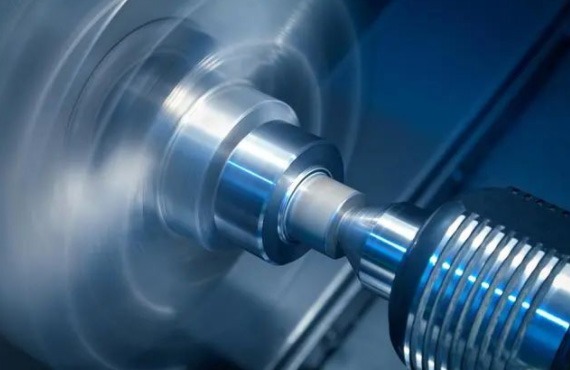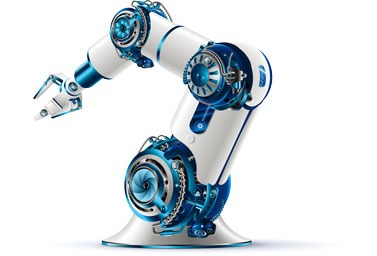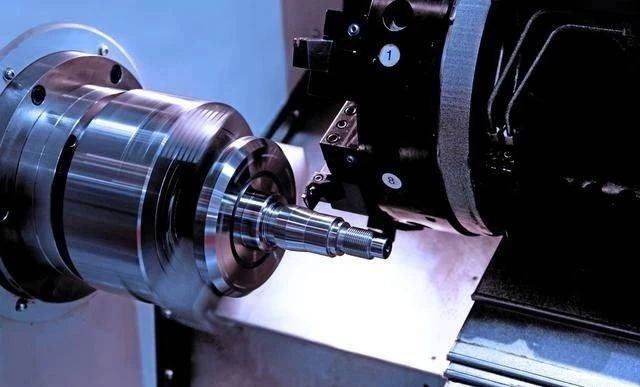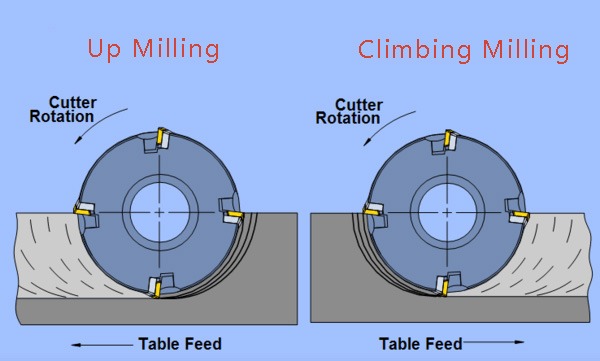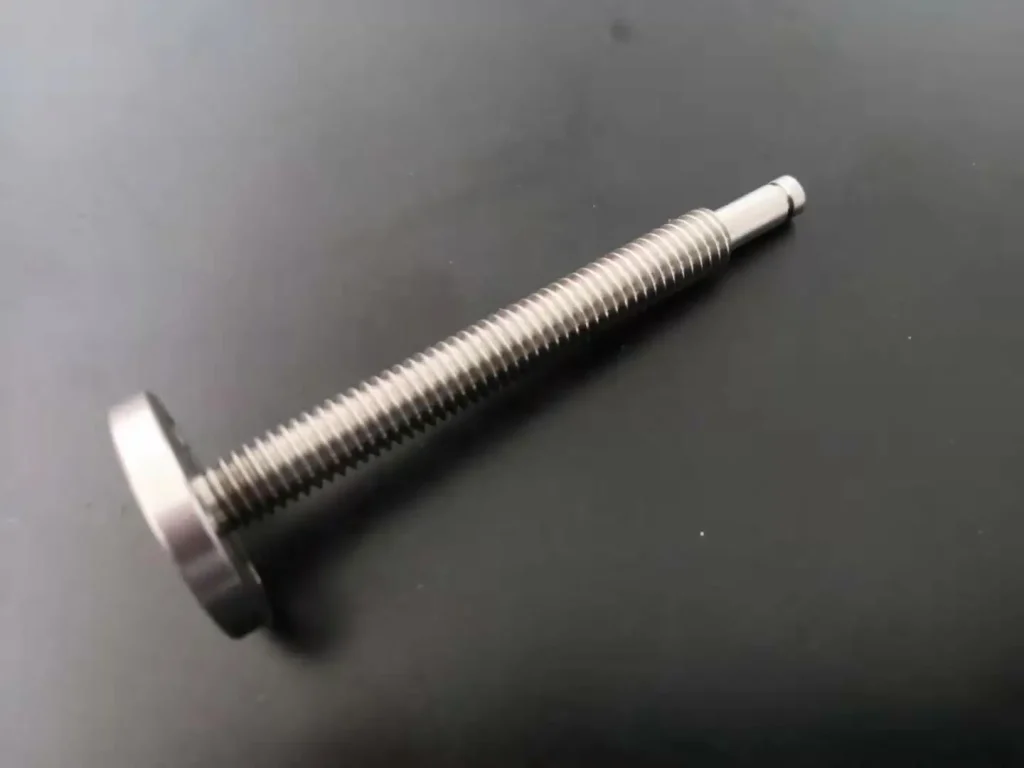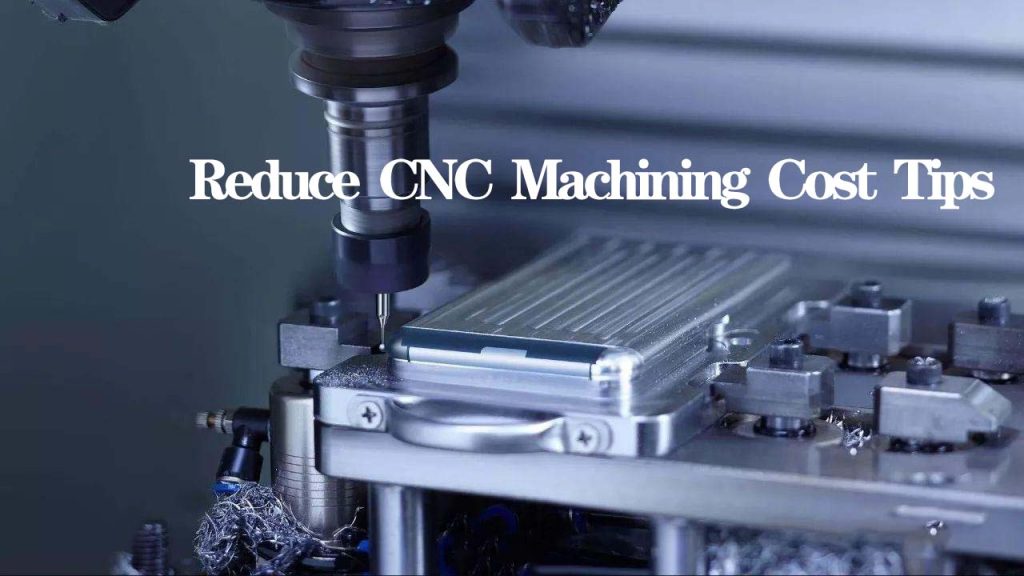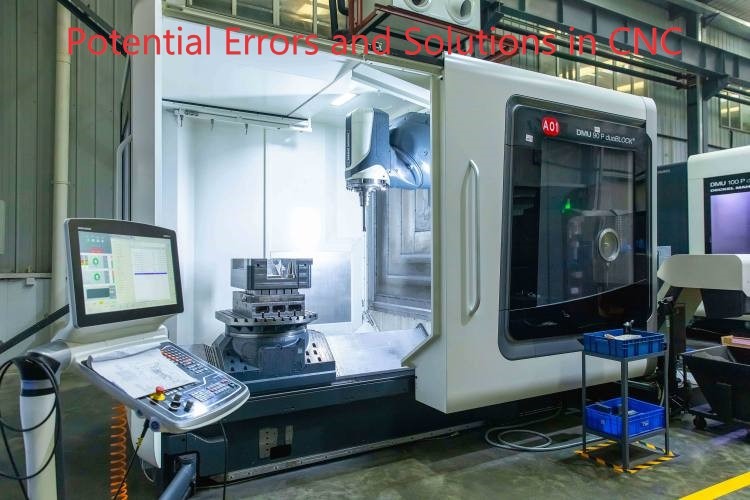With the development of CNC technology, CNC machining is being needed to be finer, while undesirable tolerance still exists in the machining process. so how do we avoid undesirable tolerance to the most extent? The following passage might solve the problem.
In CNC machining, the term tolerance is usually used in two different contexts: one is CNC machines and another one is designed for CNC machining.
In a CNC machine, tolerance is the certificate of dimensional accuracy a machine can approach when machining a part. And the certification can be highly accurate for a CNC machine because their machining parts can get at an accuracy of ± 0.0025mm, which is just as one-fourth of a human’s hair’s size. While the tolerances of different CNC machines go up and down, it usually is specified by manufacturers, for example. 0.02mm is a typical average tolerance, while providers would specify it through requirements from customers.
Tolerance is the acceptable range of variation of the dimension of a part in design and manufacturing, on the condition that all parts’ functions can not be affected. Different from tolerance in normal precious CNC machining, designers determine it through part’s function, fit and form, which are the essential keys for components that mated or interfered with. For example, compared with the handle of door, parts of an electric engine would need to have a higher tolerance. This is because the latter has many features that mate with other components. Tolerance is always represented by the marked number written beside the dimension to which it applies.
| Linear dimension range | f(fine) | m(medium) | c(coarse) | v(very coarse) |
| 0.5 up to 3 | ±0.05 | ±0.1 | ±0.2 | – |
| over 3 up to 6 | ±0.05 | ±0.1 | ±0.3 | ±0.5 |
| over 6 up to 30 | ±0.1 | ±0.2 | ±0.5 | ±1.0 |
| over 30 up to 120 | ±0.1 | ±0.3 | ±0.8 | ±1.5 |
| over 120 up to 400 | ±0.2 | ±0.5 | ±1.2 | ±2.5 |
| over 400 up to 1000 | ±0.3 | ±0.8 | ±2.0 | ±4.0 |
| over 1000 up to 2000 | ±0.5 | ±1.2 | ±3.0 | ±6.0 |
| over 2000 up to 4000 | – | ±2.0 | ±4.0 | ±8.0 |
The acceptable standard tolerance in CNC Machining.
General tolerances may be defined for linear or angular measurements, as well as for chamfers or other rounded parts. These tolerances specify standard tolerances for 4 different classes based on their range for a part dimension.
These classes are arranged into a chart that separates the different tolerance limits as very coarse (v), coarse (c), medium (m), and fine (f).
The range for each tolerance limit for a particular dimension bracket is based on International Standards (EN 20286, JIS B 0401, ISO 286, ISO 1829, ISO 2768, ANSI B4.1, ANSI B4.2).
What caused the tolerance during CNC Machining?
Here are 7 factors I conclude that might cause CNC tolerance
1. Programming error.
This error is mainly generated in the process of CNC programming software, which belongs to a kind of interpolation error, that is, an error generated when the contour of the part is approximated using a straight line or an arc segment, which plays an important role in the machining accuracy of the part. Among the influencing factors, this is a very important reason.
2. Tool nose arc error.
In the process of cutting the inner hole, when the operation is carried out to the outer circle, the tool nose arc usually does not affect the size and shape, but when the tapered surface or arc is processed, the tool nose arc will Affect it generally leads to overcut or undercut.
3. Measurement error.
This error is usually affected by the measurement accuracy of the measuring tool, and may also have a certain impact because the measurer does not use the correct operation method to measure, and the measured size usually deviates.
4. Tool wear error.
When the CNC machine tool is working continuously, the material of the parts to be processed and the tool itself are in an environment of high temperature and high pressure, and the tooltip generally suffers a lot of wear, which will also lead to certain errors. At the beginning of the work, the speed of the tooltip wear will be faster, and then it will become smaller and smaller until finally there is a gradual acceleration trend again.

5. Error caused by reverse loss of momentum.
The error of the CNC machine tool is caused by the gap between the machines and the elastic deformation between the transmission parts of the machine tool.
6. Tool setting error.
The main process of this type of error is in the tool setting process. When the tool starts to move to the starting point position, the operating system will generate a certain feed adjustment ratio value, which will affect the deviation.
7. Machine tool system error.
The body of the machine tool can have a certain influence, resulting in the appearance of shape and position tolerances, which usually cannot be adjusted; in the servo unit, the driving device will have a certain repeated positioning error during operation, which is caused by the machine pulse. The size of the equivalent has a certain impact on the system, and the uniformity and transmission route will have an impact on the system, but the above two errors are relatively small and stable, and only need to be considered during precision machining.
How should we avoid undesirable tolerance?
In actual operation, CNC machine tools can’t process parts without any errors, but if certain improvements are made to the operation of CNC machine tools, the errors will be effectively controlled within a reasonable range.
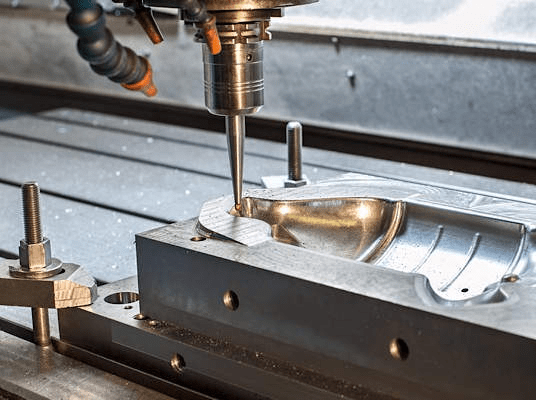
First, before the parts are processed by CNC, a processing program with a certain degree of feasibility must be written. Generally speaking, there are two methods for writing programs, one is manual programming, and the other is computer-aided programming.
Before the parts are processed by numerical control, a processing program with a certain degree of feasibility must be written. Generally speaking, there are two methods for writing programs, one is manual programming, and the other is computer-aided programming.
Manual programming
Manual programming is usually only applicable to the writing of simple part programs, and there is generally no deviation in this link.
Computer-Aided Programming
Computer-aided programming is aimed at the writing of high-demand and complex part programs, but due to the need to use the corresponding software to set the tool change point and trajectory, there will inevitably be some problems, which require a very high level of modification and settings. At the same time, pay attention to whether the program has extremely high feasibility. These aspects may lead to errors. Generally speaking, increasing the number of nodes can effectively solve such problems.
Dealing with Tool Nose Radius
After the programming is completed, attention should be paid to the tool nose radius value. Not only should the corresponding instructions be used in the program, but also the tool nose radius value owned by the CNC machine tool should be measured. After the measurement, the parameter setting page should be set. Only after entering such a process, the corresponding value in the CNC program command can be used, otherwise, the default value of the tool nose radius in the system is always zero. Therefore, we must pay attention to the material of the tool used, and often check whether the workpiece and the tool holder are clamped and whether the length of the workpiece sticking out of the fixture meets the standard.
After that, the work that needs to be done is to set the knife, usually using trial cutting and knife set. The selection of tools can improve the processing quality on the one hand, and also promote the improvement of processing efficiency.
Our Tolerance of CNC machining
Here is a tolerance table of our machining can control the parts within.
| Process | Tolerance |
| CNC Milling | ± 0.005″(metal)/±0.010″(plastic) |
| CNC Turning | ± 0.005″(metal)/±0.010″(plastic) |
| CNC Lathe | ± 0.005″(metal)/±0.010″(plastic) |
| Engraving | ± 0.005″(metal)/±0.010″(plastic) |
| Surface Finishing | 125RA |
Appropriate Operation Can not Only Improve CNC Tolerance While Save CNC Time
Compared with ordinary machine tools, CNC machine tools are very different. It is not feasible to directly apply the methods used to manage ordinary machine tools to CNC machine tools. According to the experience of factories with long service life, generally, a factory with a large number of CNC machine tools is best to adopt centralized management and make a reasonable layout according to production. If conditions permit, the computer can be used for integrated management, and the computer can manage all the job information in a unified manner, so that information sharing can be achieved, which can greatly reduce the preparation time required for production, and productivity will naturally increase.
Conclusion
In the entire machining process, errors are inevitable, but if more improvements are made to the operation method of CNC machine tools, in the actual production process, no matter in the production and processing of small-batch parts, there are still medium precision requirements. Too tight or too large tolerances will only increase machining time.
In fact, unique tolerances are not required in many CNC parts, while there do exist used standard tolerances among different machines. If you are not sure about the tolerances, use the standard values as dimensions. Unless it’s necessary, try not to specify tolerances. At JTR, you can get professional advice from our professional team. Don’t wait to contact us if you have any interests.



